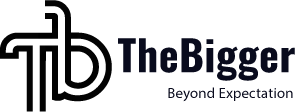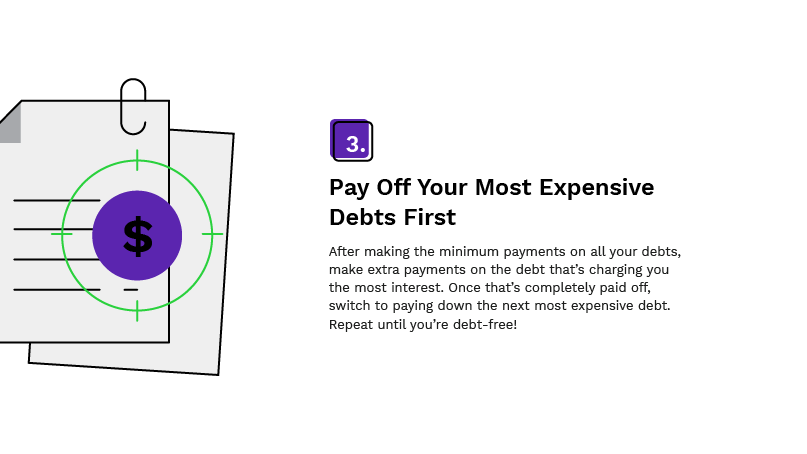Getting out of debt isn’t just about numbers — it’s about momentum. Toronto’s high cost of living, housing pressures, and rising interest rates can make it feel like you’re sprinting uphill with a heavy backpack. But the truth is, becoming debt-free in this city is possible when you combine the right mindset with practical, structured action. Whether you’re tackling credit card bills, student loans, or lines of credit, here’s how to take back control.
Understanding Why Debt Feels Harder in Toronto
Toronto’s cost structure is unlike most Canadian cities. Rent, transportation, and daily living costs consume a larger share of income, leaving less room for savings or repayments. According to Statistics Canada, the average household debt-to-income ratio in the country now exceeds 180%. That means for every dollar earned, Canadians owe nearly two dollars — and in urban centres like Toronto, the number is even higher.
What this really means: getting out of debt here requires both local awareness and disciplined planning.
Step 1: Face the Numbers — Honestly
The hardest part of debt recovery is the first one: acknowledging the total. Write down every debt you owe — credit cards, personal loans, car payments, and any pending bills. Don’t sugarcoat it or avoid certain statements. Once you know the number, break it into categories:
- High-interest debt: credit cards, payday loans.
- Medium-interest debt: car loans, personal loans.
- Low-interest or structured debt: student loans, lines of credit.
This clarity helps prioritize which payments to tackle first and prevents decision fatigue later.
Step 2: Build a Simple, Realistic Budget
You don’t need fancy apps or spreadsheets. Start with the basics: your income, essentials (rent, food, utilities), and non-essentials (subscriptions, dining, etc.). The goal is to see where your money is actually going each month.
Use the 50/30/20 guideline as a reference:
- 50% for needs
- 30% for wants
- 20% for savings or debt repayment
If you can push that 20% higher, even slightly, you’ll feel progress faster.
Step 3: Prioritize High-Interest Debt First
Credit card debt is often the silent killer of financial progress. A $5,000 balance at 20% interest can grow rapidly if you’re only making minimum payments. Focus on paying off these high-interest balances first using the avalanche method — pay extra on the highest-interest account while making minimum payments on the rest.
Alternatively, the snowball method (tackling the smallest debt first) works better for those who need quick motivation wins. Choose whichever method keeps you consistent.
Step 4: Consider Professional Help — It’s Not a Sign of Failure
If you’ve tried budgeting and repayment strategies but still feel stuck, seeking professional guidance can make a big difference. Licensed insolvency trustees, credit counsellors, and debt relief agencies in Toronto can help you restructure payments or negotiate lower interest rates.
For example, if you’re looking for structured, ethical debt relief support, explore local resources that can help you get out of debt in Toronto through professional counselling and customized repayment plans.
Step 5: Explore Debt Consolidation
Debt consolidation means combining multiple debts into one monthly payment, often with a lower interest rate. This can simplify your finances and reduce stress, but it’s not for everyone. Look for a reputable lender, and avoid high-fee consolidation loans that don’t actually lower your total cost of borrowing.
The Financial Consumer Agency of Canada (FCAC) offers a detailed guide on debt consolidation that’s worth reading before making a decision.
Step 6: Cut Emotional Spending Triggers
Debt often isn’t caused by ignorance — it’s fuelled by habit. Identify what triggers your spending: stress, boredom, social pressure, or even marketing nudges.
Try these practical swaps:
- Replace weekend shopping with free local events or outdoor activities.
- Set a 24-hour rule before any non-essential purchase.
- Unsubscribe from retailer emails and social media ads that tempt impulse buying.
Toronto has plenty of free alternatives — from the city’s public library workshops to neighbourhood events — that make cutting costs less painful.
Step 7: Increase Income Creatively
Sometimes, you can’t save your way out of debt — you have to earn your way out. That doesn’t always mean a second job. Consider freelancing, tutoring, or renting out unused parking space.
You can also explore Toronto’s growing gig economy platforms or government-backed upskilling programs. The City of Toronto’s employment support portal lists free courses and training that can help boost income potential.
Step 8: Protect Your Progress
Once you start paying off debt, the key is not falling back into it.
A few guardrails to keep your progress intact:
- Build an emergency fund with at least one month’s expenses.
- Use credit cards only for what you can pay off in full.
- Check your credit report regularly for accuracy through Equifax or TransUnion.
Remember, rebuilding financial stability takes time, but every payment moves you closer to control and away from stress.
Taking Control of Your Financial Story
Debt can make you feel cornered, but it doesn’t define you. With a clear plan, local resources, and consistent effort, you can turn things around. Toronto might be an expensive city, but it’s also one full of opportunities — for new income, smarter habits, and second chances.
Start small, stay consistent, and keep reminding yourself: every dollar you pay off is a step toward freedom, not just from debt, but from worry.

